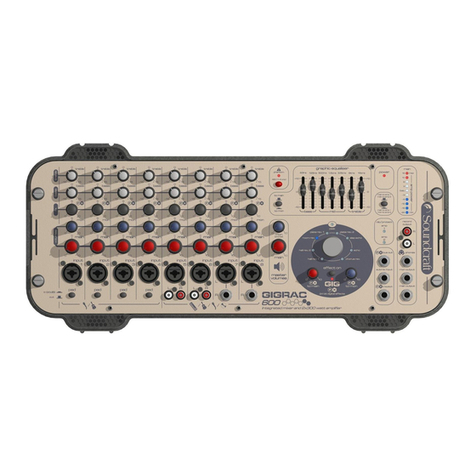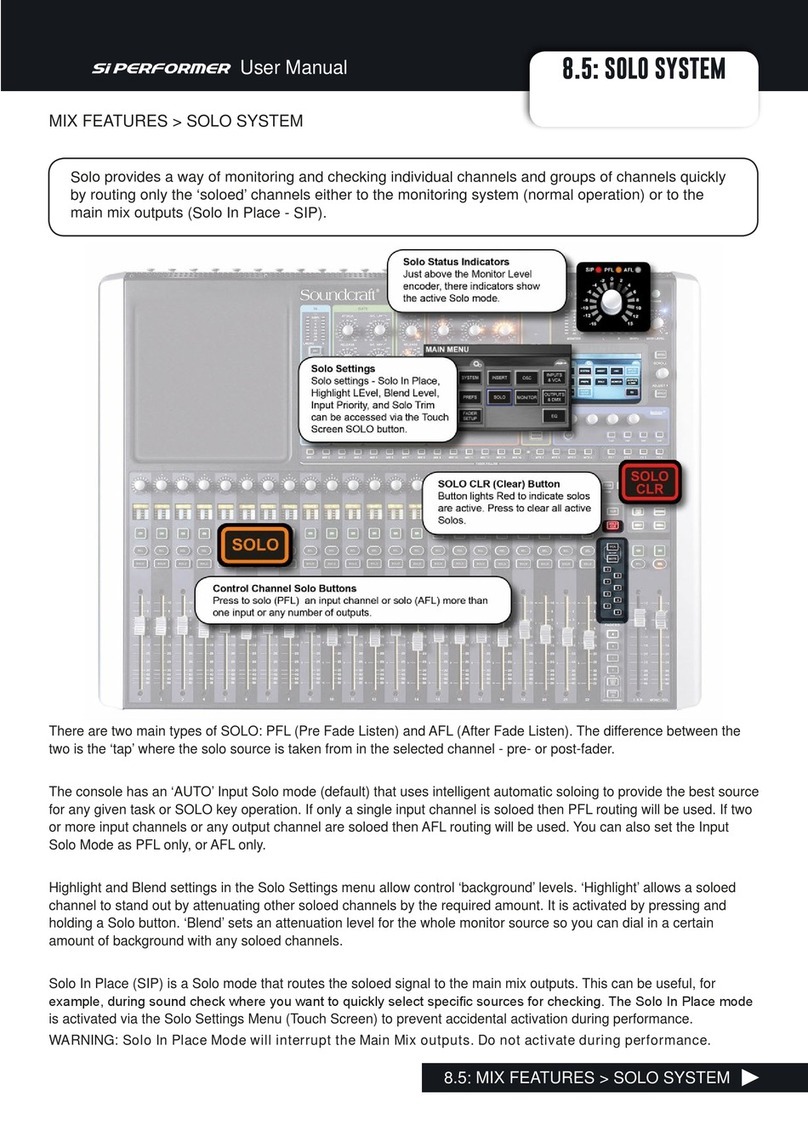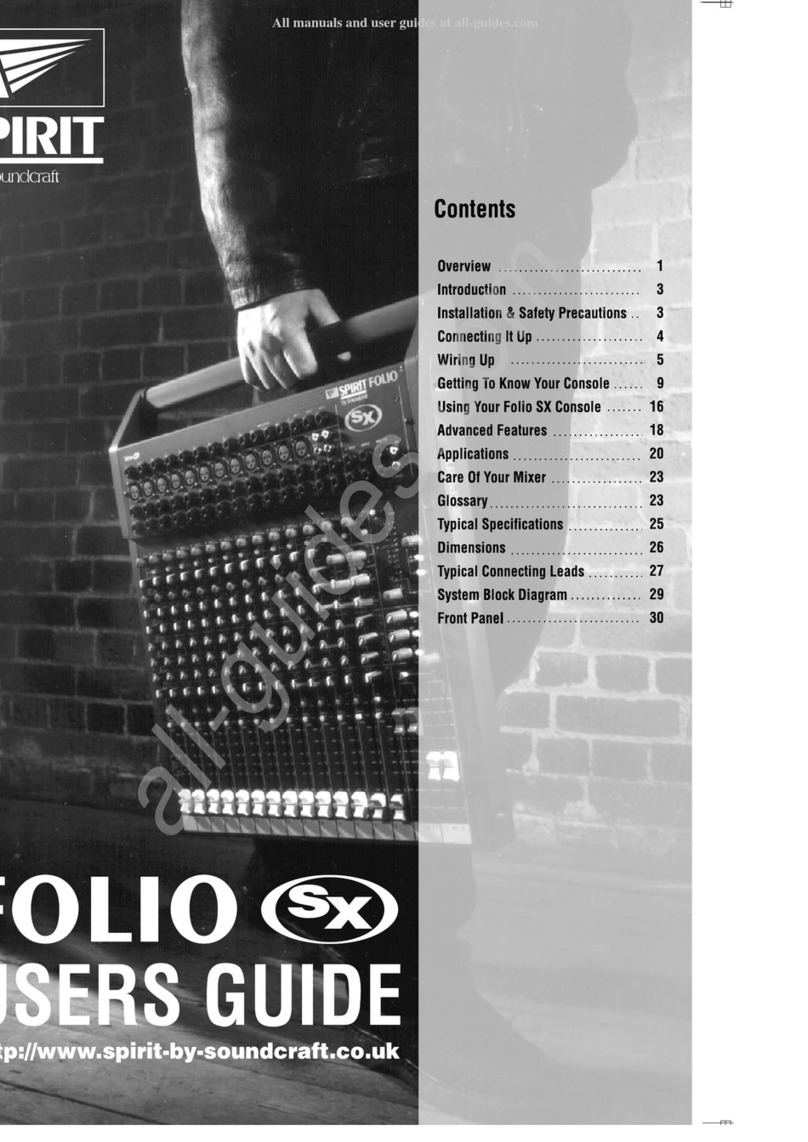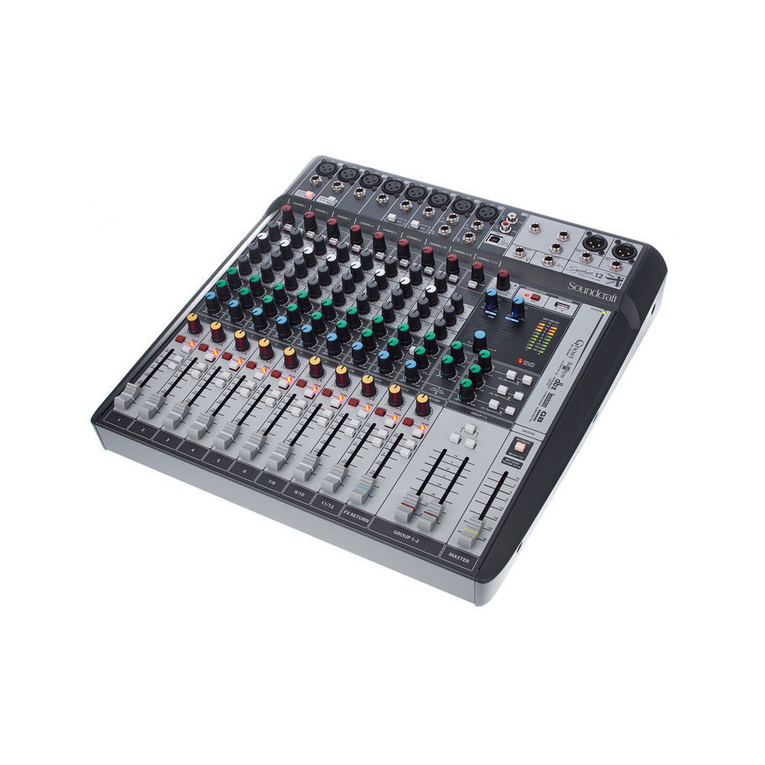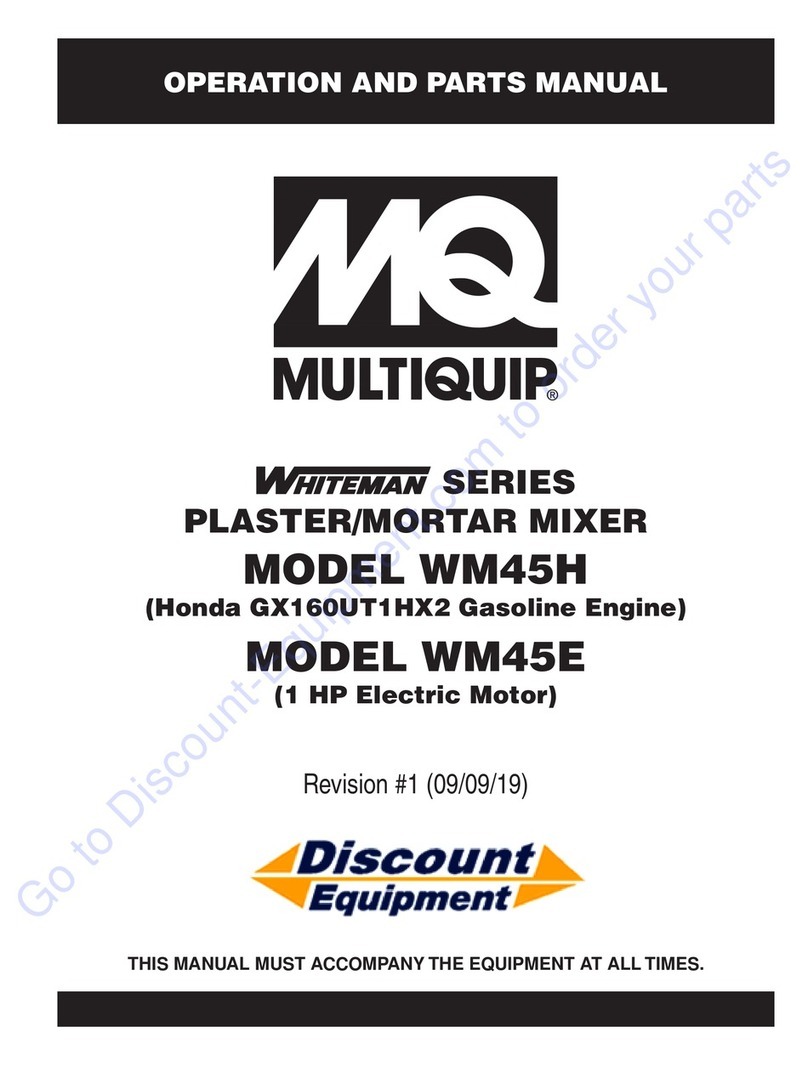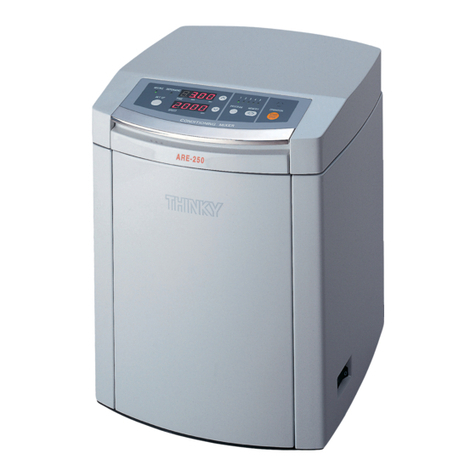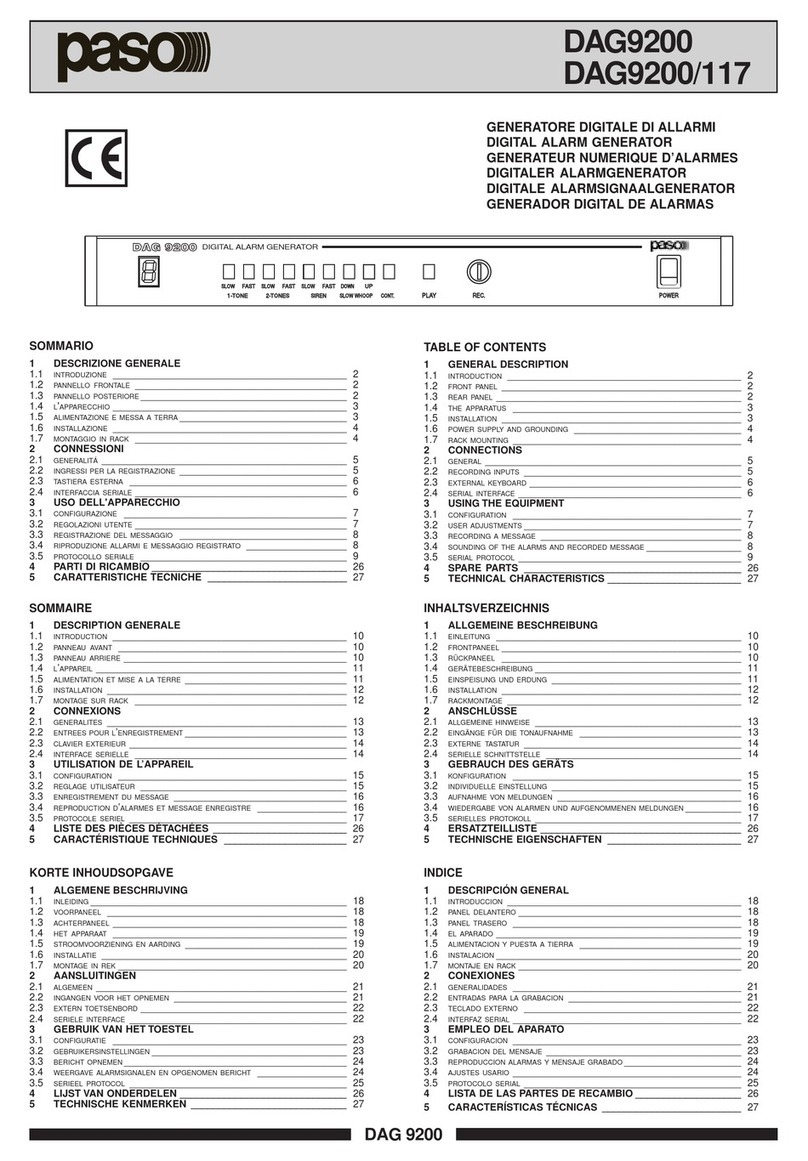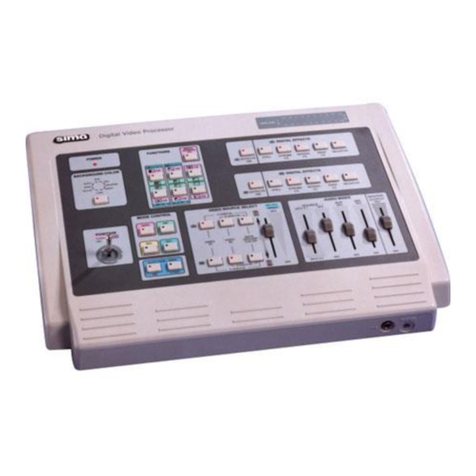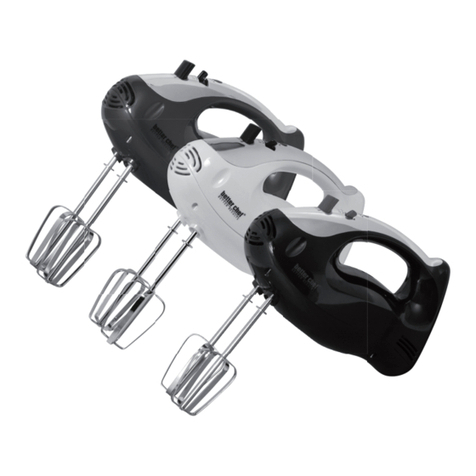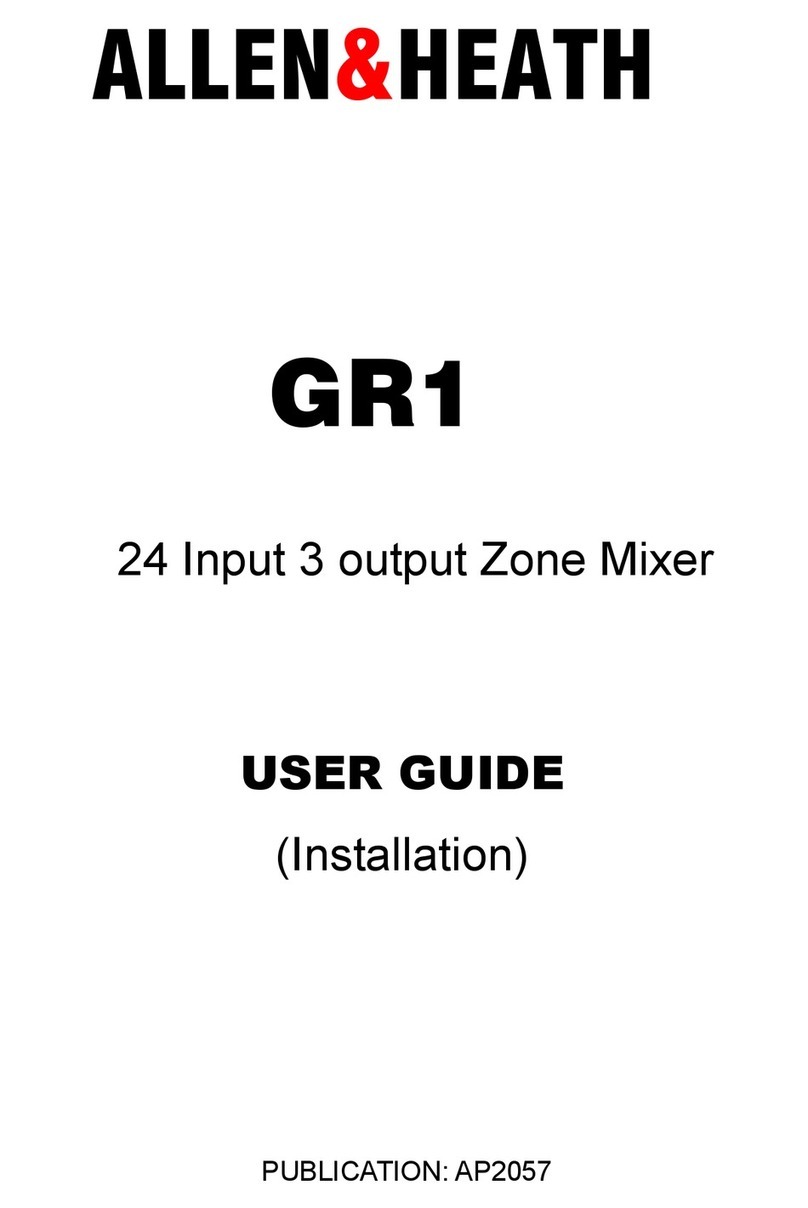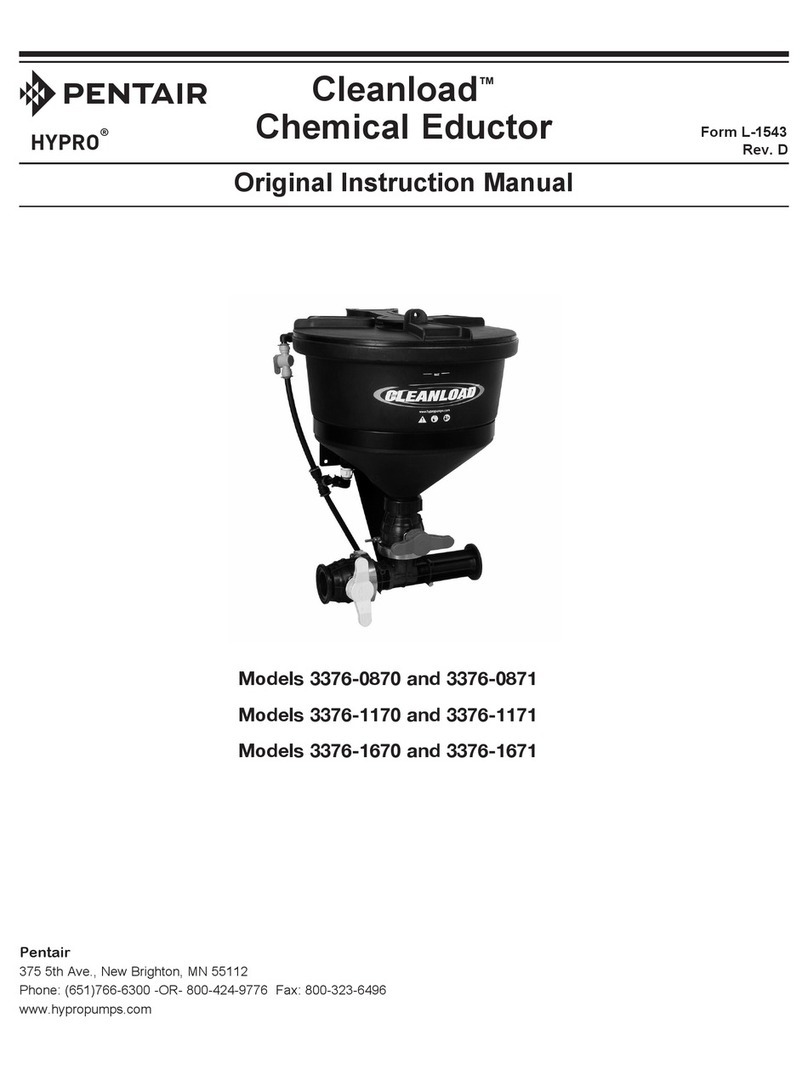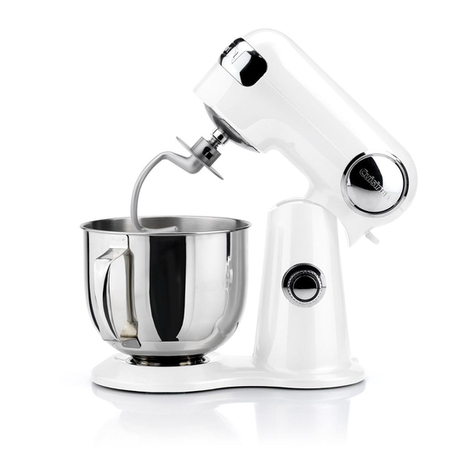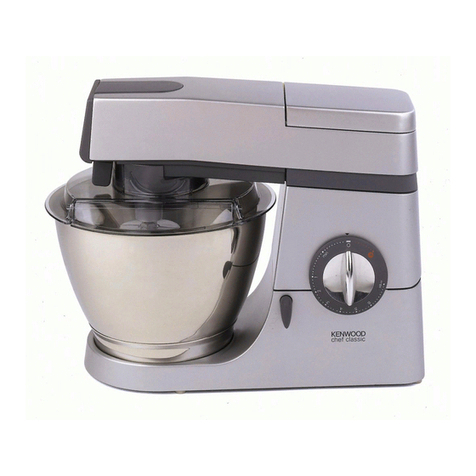iii
ContentsContents
ContentsContents
Contents
INTRODUCTIONINTRODUCTION
INTRODUCTIONINTRODUCTION
INTRODUCTION 1 - 11 - 1
1 - 11 - 1
1 - 1
FeaturFeatur
FeaturFeatur
Featureses
eses
es 1 - 21 - 2
1 - 21 - 2
1 - 2
WW
WW
Warar
arar
arrantyranty
rantyranty
ranty 1 - 31 - 3
1 - 31 - 3
1 - 3
SAFETY SYMBOL GUIDESAFETY SYMBOL GUIDE
SAFETY SYMBOL GUIDESAFETY SYMBOL GUIDE
SAFETY SYMBOL GUIDE 1 - 51 - 5
1 - 51 - 5
1 - 5
INSTINST
INSTINST
INSTALLAALLA
ALLAALLA
ALLATIONTION
TIONTION
TION 1 - 51 - 5
1 - 51 - 5
1 - 5
IMPORIMPOR
IMPORIMPOR
IMPORTT
TT
TANT SAFETY WANT SAFETY W
ANT SAFETY WANT SAFETY W
ANT SAFETY WARNINGSARNINGS
ARNINGSARNINGS
ARNINGS 1 - 61 - 6
1 - 61 - 6
1 - 6
WARNINGS 1 - 7
General Precautions 1 - 8
Handling and Transport 1 - 8
Power Cable 1 - 8
Signal Levels 1 - 8
Mains InstallationMains Installation
Mains InstallationMains Installation
Mains Installation 1 - 81 - 8
1 - 81 - 8
1 - 8
General Wiring Procedures 1 - 8
Initial Wiring Considerations 1 - 9
Audio Wiring 1 - 9
Shielding 1 - 9
Points to Remember 1 - 10
WORKING SAFELWORKING SAFEL
WORKING SAFELWORKING SAFEL
WORKING SAFELY WITH SOUNDY WITH SOUND
Y WITH SOUNDY WITH SOUND
Y WITH SOUND 1 - 101 - 10
1 - 101 - 10
1 - 10
Setting Up & TSetting Up & T
Setting Up & TSetting Up & T
Setting Up & Trr
rr
roubleshootingoubleshooting
oubleshootingoubleshooting
oubleshooting 1 - 101 - 10
1 - 101 - 10
1 - 10
Initial set-up 1 - 10
Troubleshooting 1 - 10
Connecting LeadsConnecting Leads
Connecting LeadsConnecting Leads
Connecting Leads 1 - 131 - 13
1 - 131 - 13
1 - 13
Audio Connector PinoutsAudio Connector Pinouts
Audio Connector PinoutsAudio Connector Pinouts
Audio Connector Pinouts 1 - 141 - 14
1 - 141 - 14
1 - 14
DimensionsDimensions
DimensionsDimensions
Dimensions 1 - 151 - 15
1 - 151 - 15
1 - 15
BLOCK DIAGRAMBLOCK DIAGRAM
BLOCK DIAGRAMBLOCK DIAGRAM
BLOCK DIAGRAM 1 - 161 - 16
1 - 161 - 16
1 - 16
USING THE CONSOLEUSING THE CONSOLE
USING THE CONSOLEUSING THE CONSOLE
USING THE CONSOLE 1 - 181 - 18
1 - 181 - 18
1 - 18
Overview 1 - 19
Mono Input Channel 1 - 20
Stereo Input Channel 1 - 24
Master Section 1 - 25
Mark-up Sheet 1 - 27
TYPICAL SPECIFICATYPICAL SPECIFICA
TYPICAL SPECIFICATYPICAL SPECIFICA
TYPICAL SPECIFICATIONSTIONS
TIONSTIONS
TIONS 1 - 281 - 28
1 - 281 - 28
1 - 28
CIRCUIT DIAGRAMSCIRCUIT DIAGRAMS
CIRCUIT DIAGRAMSCIRCUIT DIAGRAMS
CIRCUIT DIAGRAMS 2 - 12 - 1
2 - 12 - 1
2 - 1
PP
PP
PARAR
ARAR
ARTS LISTTS LIST
TS LISTTS LIST
TS LIST 3 - 13 - 1
3 - 13 - 1
3 - 1


